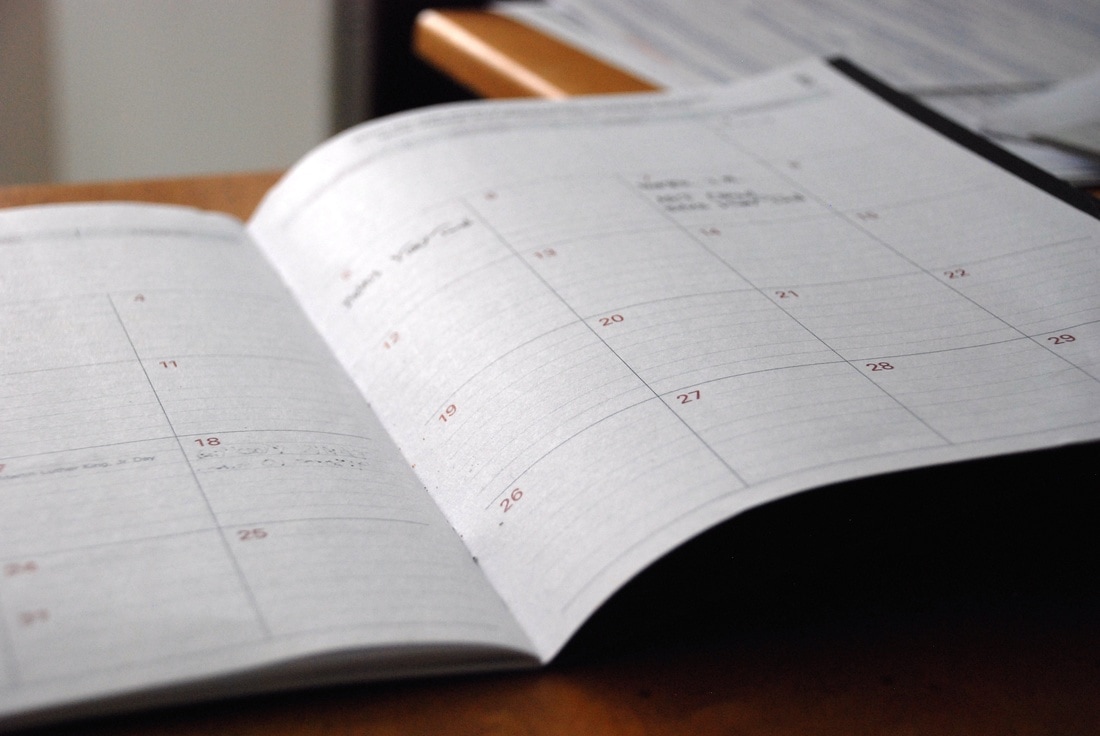As a small business owner, your taxes won't get taken out of your paycheck. If your business owes more than $1000 at tax season, the IRS will require you to pay them by making quarterly tax payments. You pay the IRS and your state government taxes four times per year, based on your estimated annual tax. If you pay these taxes late, you'll incur penalty fees. Your state also requires similar quarterly payments, unless you live in a state without state taxes.
In addition, self-employed professionals need to pay the self-employment tax. This tax covers social security and medicare fees. For businesses making under $127,000 the social security tax is 12.4%, and the medicare tax is 2.9%.
Using basic accounting skills, you can calculate what taxes your company will need to pay. Here are a few guidelines for determining an accurate quarterly tax rate:
- Keep careful records. Good record keeping software will help you understand your business's profits, losses, business expenses, and margins of error. By looking at your business's patterns of profits and growth, you'll be able to come up with a reasonable rough estimate of the money your business will earn this year.
- Look at federal and state tax brackets. The federal and state governments all have tax brackets that tell you the estimated percentage of tax you'll owe next year. After estimating your tax for the year, you can look at the tax brackets to determine how much money you need to save to pay on time at tax time.
- Use a tax calculator. Free online tax calculators help you estimate what taxes you owe after taking into account your income levels and the additional self-employment tax business owners need to pay.
For the utmost accuracy determining your tax payments, the best solution is to work with professionals. Contact us for help with the financial aspects of your business and help calculating your tax payments.


 RSS Feed
RSS Feed